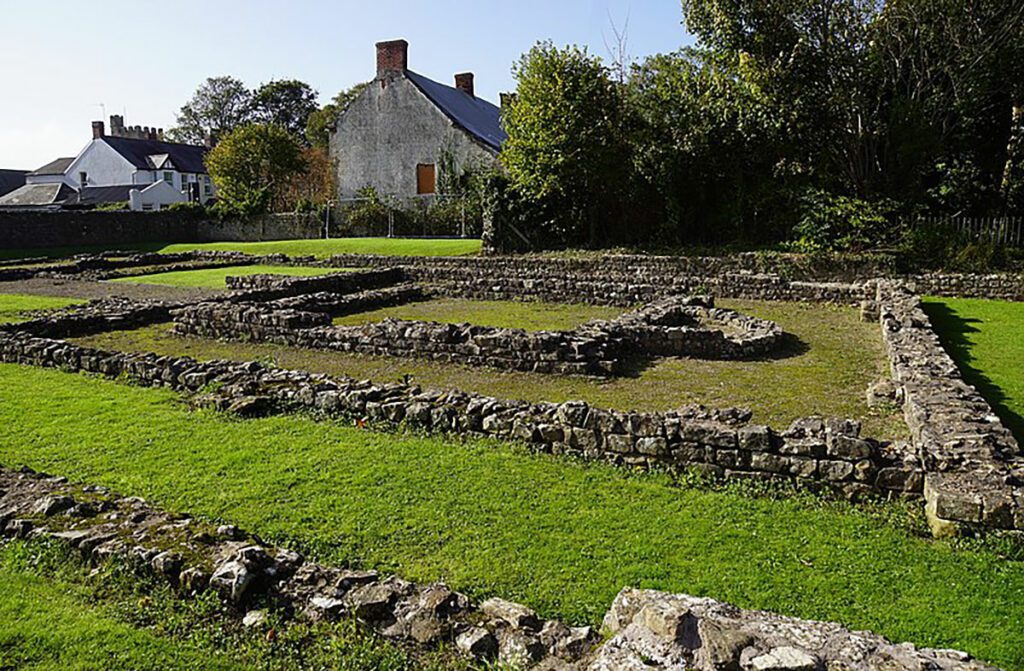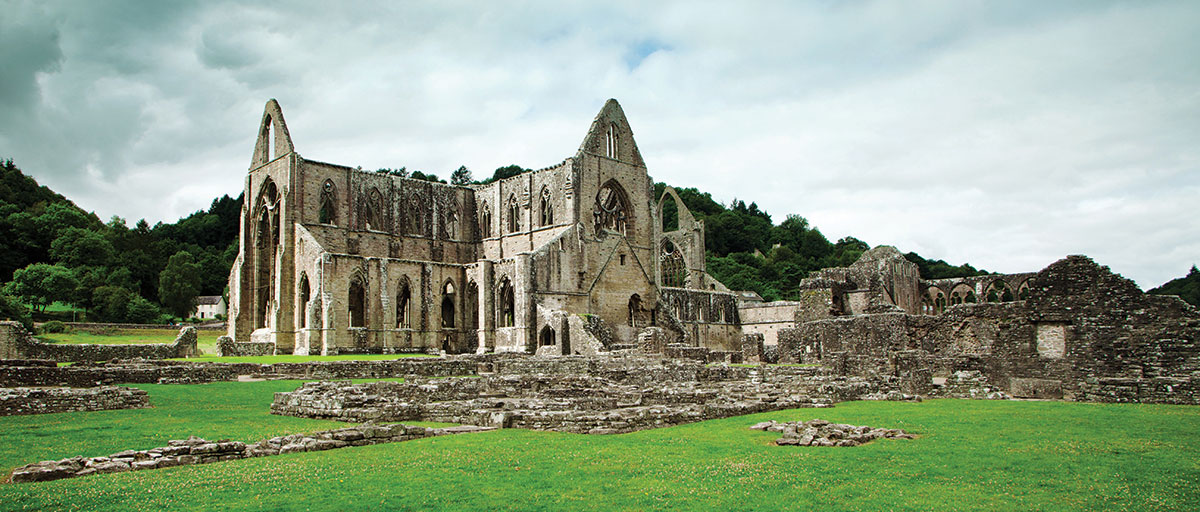Silent giants
If you fancy spending time in the company of our historical past, these places are all within an hour’s drive from Cardiff
Tintern Abbey

Tintern Abbey is a national icon — still standing in roofless splendour on the banks of the River Wye nearly 500 years since its tragic fall from grace.
It was founded in 1131 by Cistercian monks; construction of the abbey began in 1269 and was abandoned in 1536 during King Henry VIII’s Reformation.
Margam Country Park

Set in 1,000 acres of glorious parklands, Margam Country Park offers natural beauty, history, wildlife and things to do.
1793 saw the completion of the Orangery, designed by the eighteenth-century architect Anthony Keck. Construction of a new manor house, to become Margam Castle, had begun by 1830. The estate is noted for its peacock population. Also on the estate are deer, which have existed on the site since at least Norman times.
Llanthony Priory

It’s easy to see from the 900-year-old ruins that Llanthony was once one of Wales’s great medieval buildings.
The priory dates back to around the year 1100, when Norman nobleman Walter de Lacy reputedly came upon a ruined chapel of St. David in this location.
Caerwent Roman Town

Caerwent, established in about AD 75–80, served as a settlement of the Silures, a native tribe who became Romanised following the conquest of Britain. Impressive remains include walls still standing up to 17ft tall, excavated houses, market-place and Romano-British temple.
Blaenavon Ironworks

Blaenavon Ironworks is internationally recognised as representing South Wales’ pivotal role during the Industrial Revolution. The iron that was forged here built engines, tools and machines. It was used to construct bridges, ships and railway lines across the world.
The ruined furnaces are still visible today alongside the impressive remains of the foundry, cast house and water balance tower that raised wagons 80 feet into the air. It was awarded World Heritage Site status in 2000 and was renovated in 2001.

